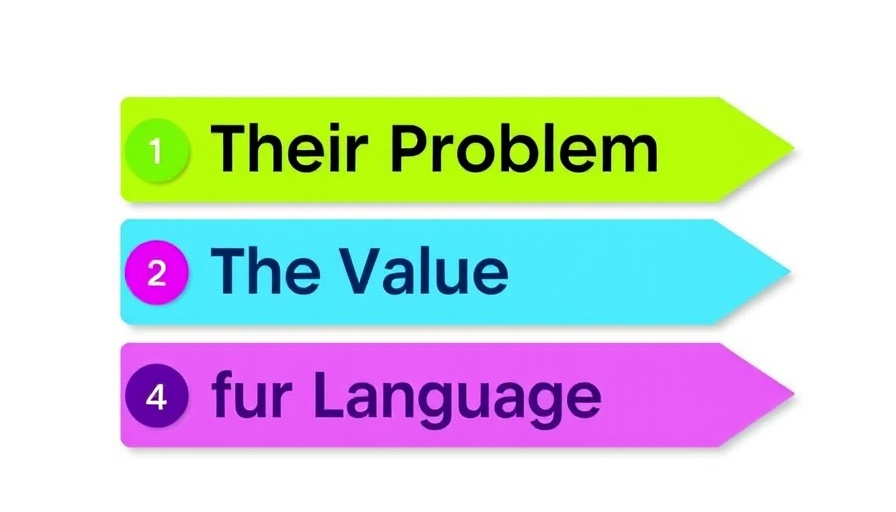
Redefining Marketing and Sales: The Three Essential Rules
In today's competitive landscape, successful marketing and sales hinge on clear communication and a profound understanding of customer needs. The adage, "It's not about what you sell but how it solves a problem," has never been more relevant.
Rule #1: Know Their Problems
The first rule emphasizes that customers aren't interested in products; they seek solutions. Marketing campaigns should focus on understanding the customer's pain points, which is fundamental to effective sales communication. Failing to recognize the customer's challenges can lead to wasted efforts and missed revenue.
Statistics reveal that 42% of businesses often misjudge customer needs by neglecting to gather feedback. This disconnect can cause campaigns to resonate poorly with target audiences, showcasing the importance of customer research. To uphold this rule, businesses should actively listen through various channels, including surveys and direct conversations, ensuring that their offerings meet real demands.
Rule #2: Measure the Value of Solutions
Transitioning from understanding problems to pricing effectively is pivotal. Pricing strategies that fail to reflect the real value of a solution prompt customers to question their investments. Instead of pricing based solely on production costs, businesses should assess the value proposition relative to the customer’s financial impact.
The goal should be to shift from the question "How much does this cost?" to "What is this worth?" Research highlights that products yielding substantial financial benefits—like savings or revenue increases—should command prices that mirror their worth. Companies often undervalue their offerings, leaving money on the table and alienating potential buyers.
Rule #3: Communicate Clearly and Strategically
Effective communication is essential for ensuring alignment in sales and marketing efforts. A coherent strategy that allows sales teams to be informed and engaged can significantly enhance productivity. According to research, improvements in communication can lead to a 25% increase in productivity and an impressive boost in employee retention.
Developing a structured communication strategy involves identifying key messages, delivery channels, and a frequency cadence to avoid overwhelming teams with irrelevant updates. Options may include newsletters, web conferencing, or central sales enablement platforms like Highspot, streamlining essential information delivery while fostering collaboration according to the latest trends.
Strategies for Implementing These Rules
Implementation of these rules requires a strategic approach. Here are practical steps:
- Assess Current Strategies: Review existing communication and sales processes, noting inefficiencies and gaps in audience understanding.
- Set Clear Communication Priorities: Define what information should be prioritized based on feedback from sales teams and external stakeholders.
- Optimize Communication Channels: Establish protocols for using different channels effectively, ensuring the sales team engages in a manageable flow of information.
- Review and Adapt: Regularly assess the effectiveness of the communication strategy and adjust as necessary based on team feedback and changing market conditions.
A Roadmap to Enhanced Sales and Marketing Success
Understanding and addressing customer needs, effectively demonstrating value, and communicating strategically lays the foundation for robust marketing campaigns and sales growth. Businesses that adopt these three fundamental rules not only elevate their relevance but also promote lasting relationships with clients that drive success in the long term. Taking actionable steps toward refining communication strategies will further bolter engagement, ultimately leading to increased sales efficiency.
If you're serious about transforming your sales communication strategy and driving meaningful growth, prioritize refining these three rules in your approach. Engage with your sales teams, address their needs, and align your marketing efforts to create a symbiotic relationship that breeds success.
 Add Row
Add Row  Add
Add 




Write A Comment